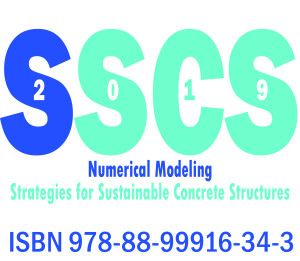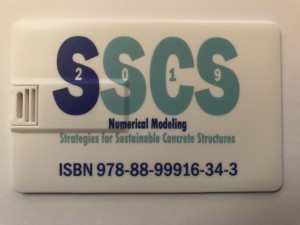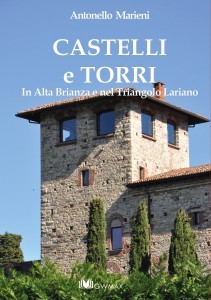SSCS19 – Numerical modeling – Strategies for Sustainable Concrete Structures
4
Preface Cement is the main constituent of concrete, the most widely used building material, and will continue to be largely used in the next years. Its production generates around 8% of the total CO2 emissions and therefore, the optimization of its use in concrete structures, and the extension of structure lifespan play a key role to favor a sustainable development. Computational methods oriented to evaluate wide strategies to achieve these tools are a new border of civil engineering nowadays. The numerical methods like finite elements, finite volumes, finite differences and many others constitute a relevant response to this challenge. They potentially allow to take into account the rheological, physic-chemical behavior and the improved mechanical concrete properties by considering thermo-hydro-mechanics and environmental boundary conditions acting on the structures, to optimize these structures. The optimization can be carried out with respect to time, money, safety, energy, CO2 emissions, and, more generally, life cycle, in a more reliable way than that associated to code rules and analytical approaches currently used. The control of the concrete when placed in the formworks, its durability, its cracking, its shrinkage and its creep, with respect to the sustainable development constitute, therefore, the principal topics of this international workshop. The objective is to join together researchers, engineers, architects, urbanists, industrials and owners, to exchange and reflect on the use of numerical tools and their contribution with respect to the current stakes of sustainable development. Following SSCS’2012 in Aix-en-Provence and Rio de Janeiro in 2015, it





Recensioni
Ancora non ci sono recensioni.